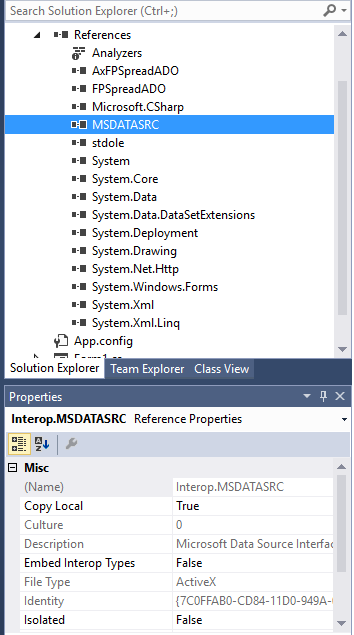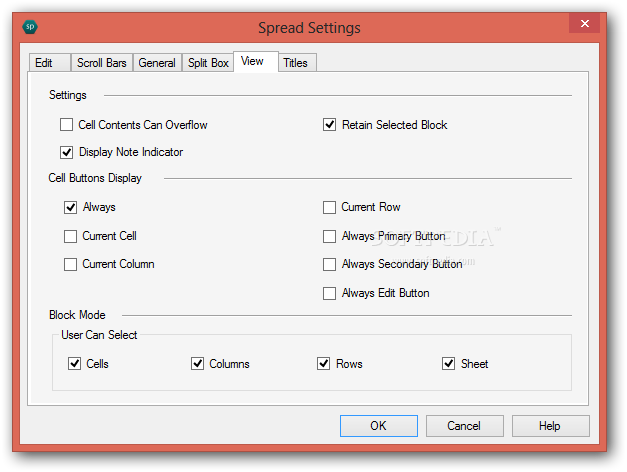

This system is quite precise and its operation depends on the integrity of both central and peripheral connections. In an emmetropic eye, accommodation is relaxed when the eye is focusing at distant objects.

The eye uses this mechanism to attain clear vision across a wide range of viewing distances. IntroductionĪccommodation is the change in optical power experienced by the crystalline lens when the ciliary muscle contracts, which allows the human eye to focus on near objects. This manuscript reviews and summarizes the main research studies that have been performed to analyze the effect of PHCl on the accommodative system and provides clear conclusions that could help clinicians know the real effects of PHCl on the accommodative system of the human eye. Subsequent studies, based on different measurement procedures, obtained contradictory conclusions, causing therefore an unexpected controversy that has been spread almost to the present days. Nevertheless, first investigations suggested some loss of functional accommodation in the human eye after PHCl instillation. Phenylephrine hydrochloride (PHCl) is a sympathomimetic agent that is used clinically to dilate the pupil. Achieving pupil dilation (mydriasis) without affecting the accommodative ability of the eye (cycloplegia) could be useful in many clinical and research contexts. Researchers have traditionally faced the challenge of measuring the accommodative properties of the eye through a small pupil and thus have relied on pharmacological agents to dilate the pupil.

During accommodation the pupil constricts to increase the depth of focus of the eye and improve retinal image quality. Accommodation is controlled by the action of the ciliary muscle and mediated primarily by parasympathetic input through postganglionic fibers that originate from neurons in the ciliary and pterygopalatine ganglia.


 0 kommentar(er)
0 kommentar(er)
